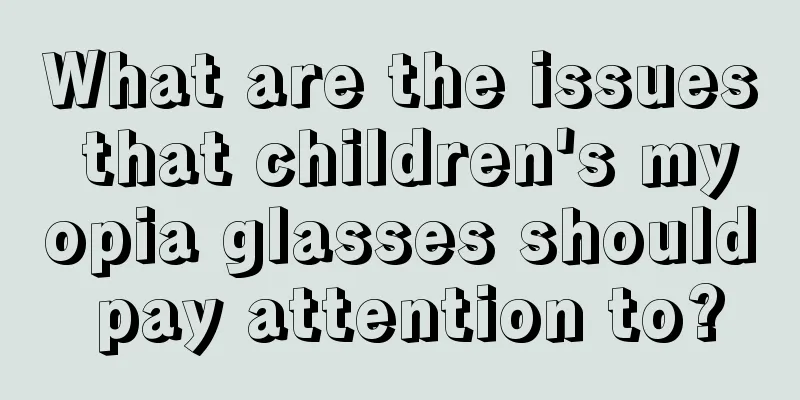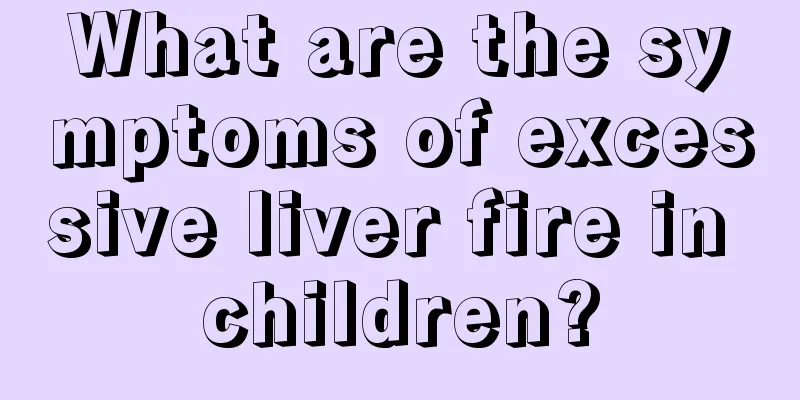Baby eyelid erythema

|
Many people are very concerned about their physical changes in life, and they are also looking for reasons for some physical problems, but we should not forget the physical condition of children, which deserves more attention. For example, many parents will find that red spots appear on their baby’s eyelids. What is the cause of this symptom? Only after finding the correct cause and treating it can the child recover. Causes This disease is a skin disease caused by an allergic reaction and occurs in children with allergic constitution. Reactogens may be infections (mainly herpes simplex virus, bacteria, and fungal infections), drugs (sulfonamides, antibiotics, especially penicillin, anticonvulsants, sedatives), food (fish, shrimp, crab, milk, eggs), physical factors (cold, sunlight), certain diseases (autoimmune diseases), etc. About half of the cases have a history of primary disease or medication 1 to 3 weeks before onset. The incubation period of disease caused by infection is longer than that caused by drugs. The onset of the disease in some children is related to chronic focal infections, such as tonsillitis, otitis media, paranasal sinusitis, chronic adnexitis, etc. Some studies believe that more than 30% of erythema multiforme is caused by herpes virus, and this has been confirmed by experiments, that is, intradermal injection of herpes simplex virus antigen can cause the occurrence of this disease. Some children often suffer from drug rash caused by sulfonamide preparations, antipyretic analgesics, sedatives and hypnotics, antibiotics, etc.; some are one of the clinical manifestations of internal diseases, such as rheumatic fever, typhoid fever, infectious mononucleosis and various malignant tumors, which can be accompanied by erythema multiforme; some patients suffer from it after eating daily foods such as fish, eggs, etc.; others such as X-ray exposure, menstrual disorders, pregnancy, etc. can also be accompanied. Clinical manifestations The clinical characteristics are polymorphic rashes that are more common in spring and autumn, and are symmetrical and prone to occur on the backs of the hands and feet, forearms and calves. Most cases have acute onset. Depending on the degree of skin and mucous membrane damage, the severity of systemic symptoms and the involvement of internal organs, it can be divided into mild and severe types. The rash may appear on the day of onset or within a few days after the onset of the disease. 1. Lightweight (1) The skin manifests itself as erythema-papular type, which is common and has a mild course. The rash is polymorphic, irregular erythematous, 2 mm to 2 cm in diameter, about the size of a lentil or fingertip. Can be scattered or fused. As the erythema expands, the pigment in the center becomes lighter, or gradually turns bluish purple, while the surrounding skin color becomes bright red. The center of some erythema may fade to form a ring, or overlapping blisters may appear, shaped like an iris, which is called rainbow erythema. In addition, various rashes can be seen, such as macules, papules, urticaria, and herpes. Sometimes blisters appear in the center of the maculopapular rash, or ecchymosis forms due to bleeding. The rash can occur in various parts of the body, with lesions mostly on the back of the hands, back of the feet, and extensor sides of the limbs. It can also occur on the face, neck, and trunk, and is mostly symmetrical. The rash starts from the distal ends of the limbs, palms and soles, develops proximally, spreads to the upper arms and thighs, and disappears after 1 to 2 weeks. If there is herpes, ulcers may form after rupture, causing severe pain and burning sensation. Nodules, blisters, purpura, etc. may appear. The vesicular-bullous type often develops from the erythematous-papulous type. Due to severe exudation, blisters, bullae or blood blisters are formed. They are serous tension blisters surrounded by dark red halos and appear iris-like. (2) Mucosal lesions are congested erythema, followed by polymorphic changes such as blisters, peeling, exudation, crusting, erosion and ulceration, and are more common on the tongue, palate, cheeks, lips and gums. When the oral mucosa is damaged, it can cause difficulty in eating. The genitals and conjunctiva may also be affected. |
<<: What is the reason for the heavy breathing sound in children?
Recommend
How to cure children's stuttering?
Although stuttering is not a disease, it is natur...
Five month old baby with stuffy nose
The nasal cavity is the main way for everyone to ...
What should I do if my child has a bacterial infection and fever?
Because children have weak body resistance, they ...
What to do if your child's head is swollen
Children are lively by nature. If adults do not t...
Is it normal for a newborn to sneeze?
Sneezing is a very common phenomenon in our lives...
Nursing of stitch scars in children
Many people worry about scars after stitches. Sca...
Why do children yawn all the time?
We all yawn at normal times, and children do the ...
Why is my 4-year-old baby's lips purple?
A 4-year-old baby has just started kindergarten a...
What causes children’s feet to become dry and cracked?
Every winter, the feet will become dry and peelin...
What is the reason for frequent urination and less urination in babies?
Some parents may find that their babies have freq...
Eight-month-old baby has a fever of 38 degrees
When a baby has symptoms of fever, it is necessar...
How to correct a child's hunchback?
We often find that many children are almost hunch...
What's the matter with a three-month-old baby farting with feces?
The health of the baby is a matter of great conce...
Tips for growing taller in junior high school
In fact, for children, the most critical period o...
What should I pay attention to when taking anthelmintics?
I believe most people are familiar with anthelmin...









